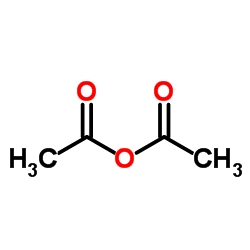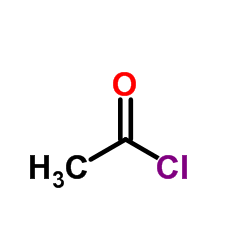| Structure | Name/CAS No. | Articles |
|---|---|---|
 |
Ethanoic anhydride
CAS:108-24-7 |
|
 |
Acetyl chloride
CAS:75-36-5 |
|
 |
diglyme
CAS:111-96-6 |